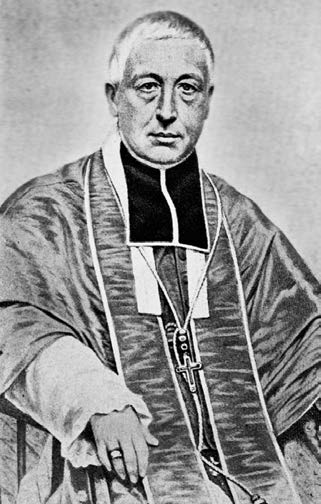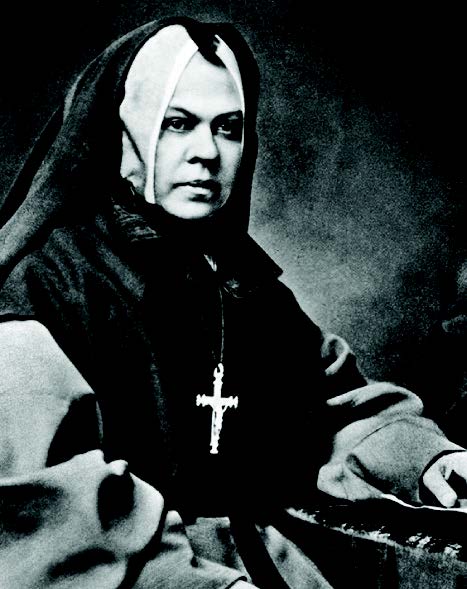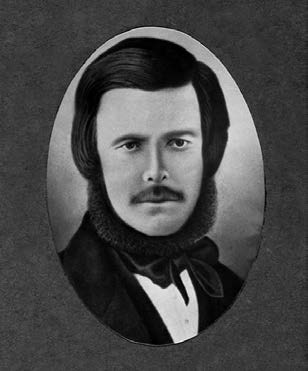1763-1867
Les Canadiens
L’Assomption (Windsor), peuplé de gens nés au pays, est le seul établissement qui reste du régime français en Ontario. Quelques francophones, dits Canadiens, s’allient à l’élite militaire, politique et commerciale de Toronto. Dans la région des Grands Lacs, des entrepreneurs-commerçants canadiens deviennent d’habiles intermédiaires entre les Autochtones et les Britanniques.
1763: Traité de Paris
1791: Formation du Haut-Canada
1826: Construction du canal Rideau
1841: Mgr de Charbonnel, premier évêque de Toronto
1847: Mgr Guigues, premier évêque de Bytown
1847: Mère Élisabeth Bruyère fonde l’hôpital de Bytown
1852: Création de l’Institut canadien-français
1858: Premier journal franco-ontarien, Le Progrès d’Ottawa
1863: Création de l’Union Saint-Joseph
À partir de la formation du Haut-Canada en 1791, des noyaux agricoles et forestiers se forment à L’Orignal, Penetanguishene et La Passe, où s’installent des voyageurs en attente d’un emploi au sein des expéditions qui vont chercher la fourrure. Des vagues d’émigrés loyalistes et d’anciens militaires britanniques fondent des collectivités dans l’Est, au centre et dans le Sud. Vers 1826, la construction du canal Rideau, dans la bourgade de Bytown (Ottawa), attire des Irlandais et des Canadiens.
Dès 1841, Mgr de Charbonnel, premier évêque de Toronto, négocie des garanties par lesquelles sont créées les écoles séparées. Ces garanties seront confirmées quelques vingt ans plus tard par la Loi Scott. Mgr Guigues, premier évêque de Bytown, relance les missions vers le Nord-Ouest et favorise la colonisation vers l’Est. Les diocèses encouragent l’établissement de paroisses, d’écoles et de collèges qui deviendront des universités.
Les communautés religieuses de femmes et d’hommes venues d’Europe et du Bas-Canada dirigent les services religieux, éducatifs, sociaux et de santé.
Les initiatives de laïcs francophones émergent après 1850 avec la fondation à Ottawa de l’Institut canadien-français, de la Société Saint-Jean-Baptiste et du premier journal franco‑ontarien, Le Progrès d’Ottawa. Des artisans créent l’Union Saint-Joseph (Union du Canada), première entreprise d’assurance mutuelle francophone en Ontario.
1763-1867
The Canadiens
L’Assomption, now Windsor, a colony of Francophone people born in Canada and called Canadiens, was the only surviving settlement of the French regime in Ontario. Some Francophone colonists partnered with the military, commercial and political elites of Toronto. In the Great Lakes region, Canadian commercial entrepreneurs became skilled intermediaries between Aboriginal peoples and the British.
1763: Treaty of Paris
1791: Establishment of Upper Canada
1826: Construction of the Rideau Canal
1841: Monsignor de Charbonnel, first Bishop of Toronto
1847: Monsignor Guigues first Bishop of Bytown
1847: Mother Élisabeth Bruyère founded the Bytown hospital
1852: Creation of the French-Canadien Institute of Ottawa
1858: First Franco-Ontarian newspaper, Le Progrès d’Ottawa
1863: Creation of the Union St-Joseph
Following the establishment of Upper Canada in 1791, centres for agriculture and lumber trade began to develop in Penetanguishene, L’Original and La Passe, where voyageurs had earlier assembled to await employment with fur trading expeditions. Waves of loyalists and former British soldiers founded communities in eastern, central and southern Ontario. From 1826, the construction of the Rideau Canal, in Bytown Village – now Ottawa – attracted workers from among French-speaking Canadiens and the Irish.
As early as 1841, the first Bishop of Toronto, Monsignor de Charbonnel, negotiated agreements that created separate schools. These agreements would be confirmed nearly two decades later by the Scott Act. Monsignor Guigues, First Bishop of Bytown, revitalized missions in the Northwest and encouraged colonization in eastern Ontario. Dioceses supported the establishment of parishes, schools and colleges, which would later become universities. Religious communities made up of men and women arriving from Europe and from Lower Canada directed the religious, educational, social and health services.
After 1850, major initiatives of francophone citizens appeared, such as the foundation of the French-Canadian Institution in Ottawa, the Saint-Jean-Baptiste Society, and the first Franco- Ontarian newspaper, Le Progrès d’Ottawa. Craftsmen created the Union St-Joseph, later called the Union du Canada, the first Francophone mutual insurance company in Ontario.






